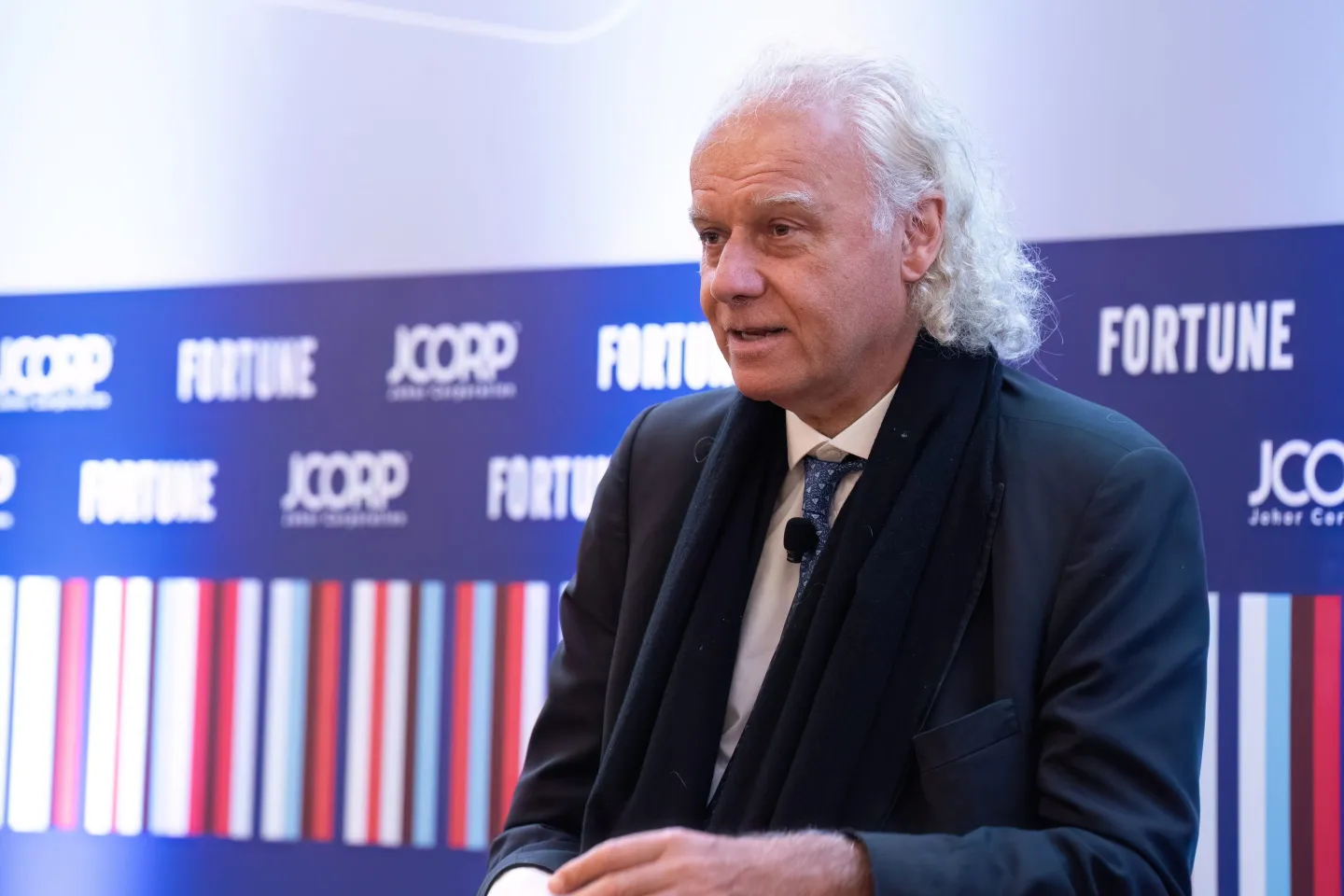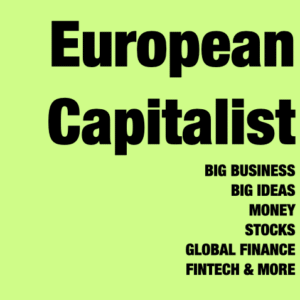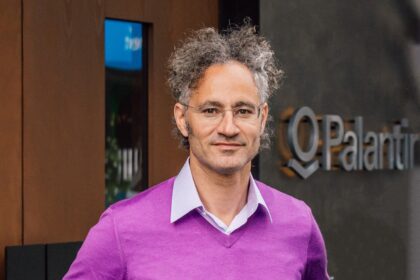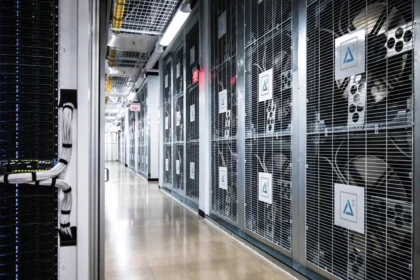For three decades, Chris Wood, Jefferies’ widely respected global strategist, has earned a reputation as one of the most prescient voices on Wall Street. When Japan’s property and equity markets collapsed in the early 1990s, Wood was among the few who warned of a historic unwinding. Years later, when America’s housing market spiraled into a reckless debt-fueled frenzy, Wood again sounded the alarm before the subprime implosion triggered the global financial crisis.
- From Japan’s Meltdown to America’s Housing Folly — Wood’s Track Record Matters
- Wood’s New Warning: The AI Capex Arms Race Has Only Just Begun
- Why Wood Calls It an Arms Race
- 1. A Survival Contest Among Tech Giants
- 2. Insatiable Demand for Compute Power
- 3. Pressure on Everyone Else
- The Macro Consequences: Inflation, Energy Stress, and Capital Distortion
- 1. AI Infrastructure May Become a New Source of Inflation
- 2. The Global Power Grid Is Not Ready
- 3. Capital Concentration May Create Systemic Risk
- Wood’s “Two-Speed AI Cycle” Theory
- Who Wins? Who Loses? Wood’s Early Predictions
- Wood’s Final Message: AI Is Real — But Cycles Are Inevitable
- Conclusion: Ignore the AI Revolution at Your Peril — But Ignore the Capex Bubble at Your Own Risk
Now Wood is issuing a new warning — one he believes could define the next era of global investing.
His message:
The world is entering an “AI capex arms race,” and the consequences will be far-reaching — from valuations and macro policy to corporate balance sheets and global capital flows.
The explosion of investment into artificial intelligence infrastructure may be the beginning of a transformational technological revolution, but Wood argues that it also carries the potential for excess, instability, and a new form of economic imbalance.
From Japan’s Meltdown to America’s Housing Folly — Wood’s Track Record Matters
Few strategists have a résumé as striking as Chris Wood’s.
He correctly called:
- The collapse of Japan’s multi-decade asset bubble (late 1980s–early 1990s)
- The U.S. housing bubble (mid-2000s), years before subprime mortgages detonated
These weren’t small predictions — they were system-shaking crises.
Wood’s analyses were rooted not in sensationalism but in recognizing when capital allocation, leverage, and investor psychology detach from reality.
His latest warning comes from the same analytical lens: when capital pours too quickly into a single narrative, even the strongest long-term themes can experience destabilizing cycles.
Wood’s New Warning: The AI Capex Arms Race Has Only Just Begun
According to Wood, the world is in the early stages of an unprecedented capital expenditure boom focused on:
- data centers
- hyperscale compute clusters
- AI accelerators (like Nvidia’s H100 and B200)
- power infrastructure
- cooling systems
- specialized memory and networking chips
- AI-driven cloud expansion
Companies are pouring billions — in some cases tens of billions — into infrastructure just to keep pace with competitors.
Wood is not arguing that AI is a bubble.
He is arguing that the speed and scale of capex commitments could create cyclical distortions, even if AI becomes as transformative as electricity or the internet.
Why Wood Calls It an Arms Race
Wood describes the situation as an “arms race” for several reasons:
1. A Survival Contest Among Tech Giants
Amazon, Microsoft, Google, Meta, and Apple are pouring enormous resources into AI simply to avoid falling behind.
These firms are refinancing, restructuring budgets, and directing free cash flow toward massive infrastructure expansion.
2. Insatiable Demand for Compute Power
Every month brings larger AI model architectures, higher compute requirements, and new breakthroughs — all of which demand more:
- GPUs
- energy
- high-bandwidth networking
- specialized datacenter designs
The result is a cycle where capex begets more capex.
3. Pressure on Everyone Else
Companies outside Big Tech — from banks and retailers to industrial giants — are being pushed to invest heavily in AI to remain competitive.
This forced investment is creating an “arms race mindset,” where firms risk overspending or misallocating capital for fear of technological irrelevance.
The Macro Consequences: Inflation, Energy Stress, and Capital Distortion
Wood’s concern is not that AI investment is misguided.
His concern is that the scale and speed may produce ripple effects across the entire global economy.
1. AI Infrastructure May Become a New Source of Inflation
Building AI compute capacity requires:
- enormous physical infrastructure
- skilled labor
- high-value chips
- scarce components
- massive energy consumption
This creates upward pressure on prices in multiple industries simultaneously.
2. The Global Power Grid Is Not Ready
AI datacenters are already straining electrical networks:
- U.S. power demand is rising for the first time in decades
- energy prices are rising in key regions
- utilities are accelerating investment at unprecedented rates
This could cause multi-year energy imbalances reminiscent of the industrial revolutions of the past.
3. Capital Concentration May Create Systemic Risk
The world’s largest companies are becoming the world’s largest capex spenders.
This increases:
- systemic correlation
- supply-chain concentration
- economic dependence on a handful of firms
If capex expectations shift abruptly, markets could experience instability similar to the telecom buildout collapse of the early 2000s — even if AI’s long-term trajectory remains intact.
Wood’s “Two-Speed AI Cycle” Theory
Chris Wood argues that the AI boom will produce a two-speed outcome:
1. Long-term: AI will reshape the global economy
Productivity, automation, robotics, biotech, and digital services will undergo structural transformation.
2. Short-term: Expect violent capex cycles
Just like:
- railroad overbuilding in the 1800s
- steel industry capex cycles
- dot-com infrastructure overspend
- shale oil investment booms
The AI infrastructure buildout may create periods of exuberance followed by periods of capacity glut, especially as new chip generations rapidly obsolete older hardware.
Who Wins? Who Loses? Wood’s Early Predictions
Likely Winners:
- AI chipmakers (Nvidia, AMD)
- datacenter operators
- energy suppliers
- utilities and grid-infrastructure firms
- advanced networking companies
- cloud hyperscalers
- semiconductor equipment suppliers
Potential Losers:
- companies pressured into overspending on AI without clear ROI
- firms betting on unproven AGI timelines
- energy-intensive businesses facing rising power prices
- regions unable to scale electric infrastructure
- investors who confuse short-term capex with long-term margins
Wood’s Final Message: AI Is Real — But Cycles Are Inevitable
Chris Wood is not warning of a crash in AI technology.
He is warning of capital risk, market mispricing, and the inevitability of boom-and-bust investment cycles in a rapidly accelerating technological revolution.
To him, the world is entering:
- a genuine technological breakthrough
and - an unsustainable investment sprint
Both can be true.
Just as he saw in Japan’s bubble and America’s housing mania, the pattern is familiar: mass enthusiasm creates massive spending — and massive spending creates cycles that end painfully before rising again.
Conclusion: Ignore the AI Revolution at Your Peril — But Ignore the Capex Bubble at Your Own Risk
Chris Wood’s latest warning is neither bearish nor dismissive.
It is a call for clarity.
He believes AI will change the world — but the path there may be turbulent.
The “AI capex arms race” could produce:
- breathtaking innovation
- extraordinary productivity
- powerful investment opportunities
but also:
- overspending
- infrastructure bottlenecks
- valuation fluctuations
- capital misallocation
As Wood sees it, the next decade will be defined not merely by AI itself, but by how aggressively the world tries to build it.
And if history is any guide, the spending spree may bring its own kind of volatility — long before the technology fully delivers on its promise.







